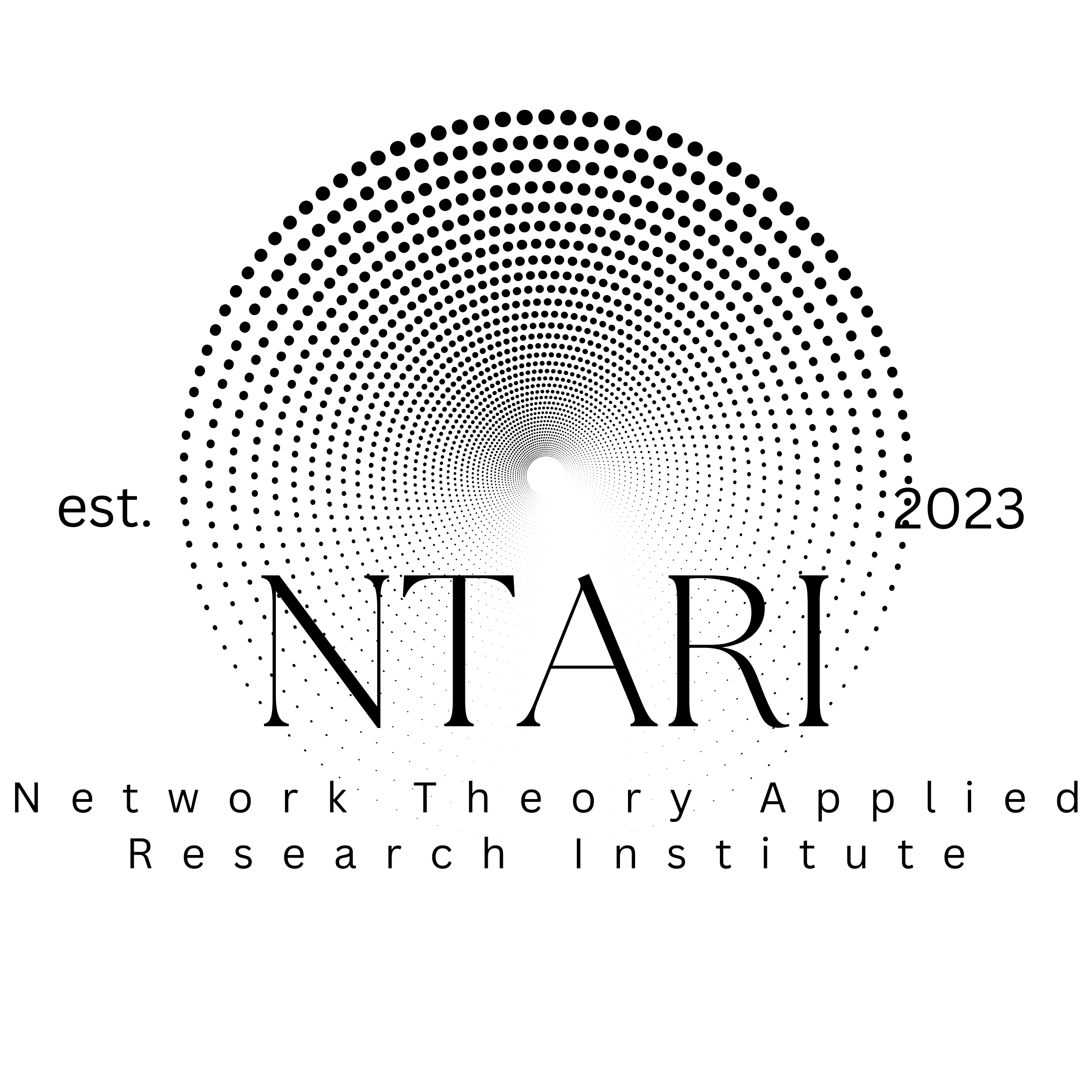Guns, Germs & Steel | Autocatalytic CPD
- the Institute
- Oct 11
- 4 min read

Collective Intelligence and Emergent Systems: Reflections on Guns, Germs, and Steel
During the Kentucky Combine, NTARI Vice President Calvin Secrest recommended Jared Diamond's seminal work, Guns, Germs, and Steel. Even after just five chapters, the book's profound exploration of collective intelligence has already captured my imagination.
The Autocatalytic Process
In the sixth chapter, Diamond introduces the concept of an autocatalytic process—a term borrowed from chemistry describing a reaction where a product simultaneously acts as a catalyst, accelerating its own formation. This concept resonates deeply with network theory and the broader principles of collective intelligence.

Optimization and Environmental Adaptation
One of the core challenges in collective intellect is optimizing resource use across diverse environments. Attempts to enforce uniform optimization often fail due to the complex interplay of genetic and cultural variations shaped by our planet's fundamental systems. Humans, unlike some idealized organism, must adapt by bringing resources—even something as basic as appropriate clothing—when venturing into new territories.
Earth's Interconnected Spheres
Our planet comprises four primary interconnected spheres:
Atmosphere: A dynamic layer of gases and particles interacting between ground and space
Hydrosphere: Aqueous collections spanning from atmospheric to lithospheric domains
Lithosphere: The ground composed of regolith (soil, rock, elements, etc.)
Biosphere: The comprehensive domain of all living entities
While living systems profoundly interact with atmospheric processes, the biosphere remains fundamentally reactive to larger climatic forces. Consider how organisms can momentarily influence local conditions—forests generating localized humidity, bacterial communities altering soil temperature, or coral reefs moderating oceanic microclimates—yet these interventions are microscopic compared to the overwhelming power of planetary thermodynamic systems.
Weather emerges from thermodynamic processes reverberating through these spheres. The Earth's axial tilt ensures these processes are not uniformly distributed, creating three primary temperature zones:
Polar zones: Receiving minimal thermodynamic influence
Temperate zones: Moderate thermodynamic interactions
Tropical zones: Experiencing maximum thermodynamic energy
Living systems adapt to these zones rather than fundamentally altering them. A rainforest might generate localized moisture, but it cannot prevent the broader climatic patterns dictated by solar radiation, oceanic currents, and atmospheric circulation. Organisms are participants in these systems, not controllers.
The biosphere's relationship to climate is analogous to a small boat on a massive ocean—capable of subtle navigation, but ultimately carried by currents far more powerful than its own momentum.
Collective Planetary Development
Guns, Germs, and Steel critically examines what has enabled certain leadership to pursue uniformity instead of localized optimization. Terraforming—or "collective planetary development"—represents a nascent conceptual frontier for most of our species. We are only beginning to measure global feedback from our actions, with successful planetary transformation of the Moon or Mars remaining a distant aspiration.

Our technological intelligence has produced an extraordinary extension of planetary perception. Where previous generations could only experience local environmental changes, we now deploy global sensor networks that transform human comprehension. Satellite imaging, deep ocean monitoring stations, atmospheric carbon sensors, and geological tracking systems have become our technological prosthetics—creating a near-real-time planetary sensing mechanism.
We are only beginning to measure global feedback from our actions. Our current stage of planetary development is fundamentally observational—learning to read complex systemic interactions across geological, atmospheric, and biological domains. Successful planetary transformation of the Moon or Mars remains a distant aspiration, but each technological advancement brings us closer to understanding the intricate choreography of planetary systems.
This emerging capability represents more than technological achievement. It signals a profound evolutionary moment where our species develops the capacity to comprehend and potentially direct our planetary context. We are transitioning from passive inhabitants to potential system architects—a transition as significant as our ancestors' first conscious tool use.

Emergence and the Agrinet Project: A Vision of Global Systemic Optimization
The Agrinet project represents an audacious attempt to program autocatalytic local optimization across the entire planetary system—a computational approach to understanding and potentially guiding complex ecological and social interactions. Emerging from a five-year intensive study of agricultural conversation models, the project embodies a radical reimagining of how human systems might self-organize and adapt.
The Computational Challenge of Global Optimization
Programming autocatalytic local optimization is fundamentally a problem of incredible complexity. Unlike traditional optimization models that seek uniform solutions, the Agrinet approach recognizes the intrinsic diversity of Earth's ecological and cultural landscapes. Each geographical region, each community, each ecosystem presents unique constraints and opportunities that cannot be addressed through a one-size-fits-all approach.
The core computational challenge lies in creating a system that can:
Recognize local variations in resource availability
Understand cultural and ecological context
Generate adaptive strategies that respect local ecosystem boundaries
Create feedback mechanisms that allow continuous learning and adjustment
The system provides a toolkit, not a predetermined solution. Users navigate and manipulate the system's structured pathways to achieve localized optimization.
Emergence as a Computational Approach
Emergence in this context is not about mystical system intelligence, but a rigorous method of tracking how complex behaviors can arise from structured interactions of simpler components. The conversation models serve as detailed maps of potential interaction routes.
The Computational Frontier
This approach represents a shift from controlling complex systems to providing users with increasingly granular interaction capabilities. The goal is not system-level understanding, but user-empowered, context-aware decision-making.





Comments